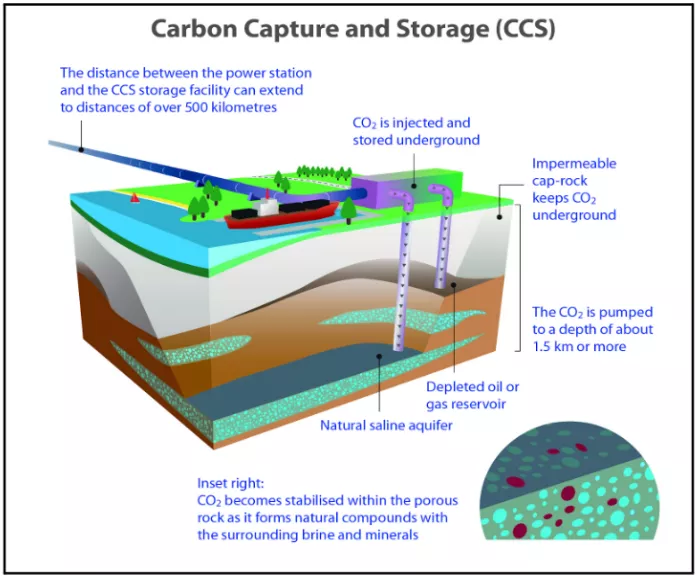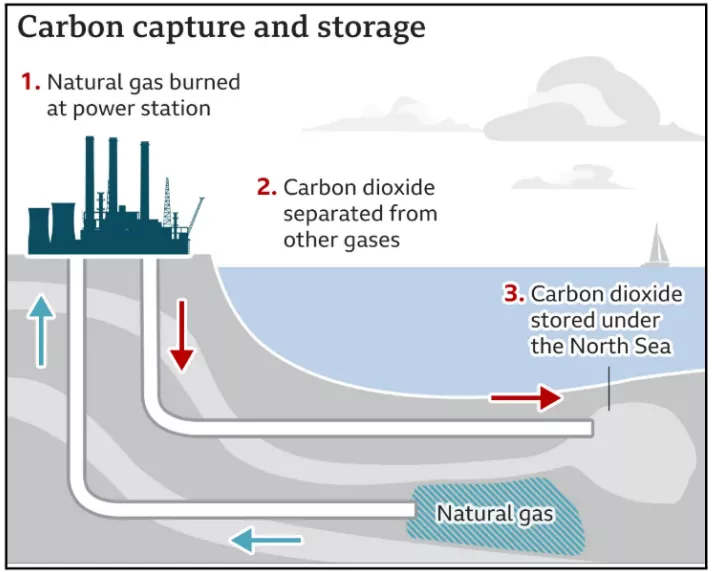A comprehensive study by the ICAR has highlighted serious degradation of soil organic carbon (SOC) in India’s arable lands.
Key Findings of the ICAR Study
The research analyzed 2.54 lakh soil samples from 620 districts across 29 states over six years (2017–2023)
About Soil Organic Carbon (SOC)
- It is the carbon component of organic matter found in soil, derived from decomposed plants, roots, and microorganisms.
- Significance: SOC is the foundation of soil fertility and health, influencing water retention, nutrient supply, and microbial activity.
- It acts as a natural storage for carbon dioxide (CO₂), helping mitigate climate change.
- Benefits of High SOC:
- Improves soil structure and water-holding capacity.
- Enhances nutrient availability and crop yields.
- Reduces soil erosion and degradation.
- Stores carbon, reducing greenhouse gas emissions.
- Threats to SOC: Overuse of chemical fertilizers, rising temperatures, soil erosion, and leaving land fallow (bare) reduce SOC levels and harm long-term soil productivity.
|
- Soil Organic Carbon (SOC) and Soil Health: SOC forms the foundation of soil chemistry, physics, and biology determining its fertility, structure, and productivity.
- The study shows that if the organic carbon is low, then the deficiency of micronutrients in the soil is high, and if the organic carbon is high, the deficiency is low.
- Imbalanced fertilizer use (Especially excessive urea and phosphorus) and climate change are the major drivers of SOC depletion in India’s farmlands.
- Influence Of Climate And Geography (Elevation And Temperature): SOC is positively correlated with elevation, higher-altitude and cooler regions retain more organic carbon.
- It is negatively correlated with temperature — hotter regions such as Rajasthan and Telangana have lower SOC
- Rainfall, temperature, and elevation together determine the natural concentration and distribution of SOC across the country.
‘Agri-Ecological Base’ Map
- Purpose: Developed by ICAR scientists, It is a detailed tool that links climate, geography, cropping systems, and fertilizer use to the amount of soil organic carbon across India.
Key Functions
- Identifies high-risk areas with declining soil carbon.
- Guides policy planning for soil restoration and carbon credit systems.
- Helps assess land degradation and design region-specific soil management strategies.
|
- Cropping Systems And Soil Carbon Balance: The team of scientists developed an ‘Agri-ecological base’ map to assess the impact of cropping systems and the use of fertilisers on organic carbon
- Different crop systems impact how much carbon soil can hold.
- Rice- and pulse-based systems maintain higher SOC due to greater microbial activity and water use.
- Wheat and coarse-grain systems contribute less organic matter, reducing SOC over time.
- Areas practicing balanced crop rotations show healthier soil carbon levels.
- Regional Differences Due To Fertilizer Use: The study highlights stark contrasts between states.
- Punjab, Haryana, and Western Uttar Pradesh with heavy, unbalanced fertilizer use have significant SOC decline.
- Bihar and eastern states with relatively balanced fertilizer use have better soil carbon status.
Impact of Climate Change on SOC
- Temperature-Driven Carbon Loss: Rising temperatures accelerate the breakdown of soil organic matter, reducing SOC storage.
- Hot and arid zones face the fastest SOC depletion.
- This causes more CO₂ release into the atmosphere, worsening climate warming.
- Rainfall And Moisture Effects: While less influential than temperature, rainfall supports microbial processes essential for maintaining SOC.
- Erratic rainfall or droughts under climate change reduce this microbial activity, leading to further SOC decline.
- Heat balance and greenhouse feedback loop: Low-carbon soils reflect more heat and store less energy.
- This increases surface heat reflection, intensifying local warming and the greenhouse effect.
- The result is a feedback cycle, higher heat causes faster SOC loss, which in turn increases atmospheric heat further.
Policy Recommendations and Way Forward
- Promote Organic Carbon Sequestration: Identify soils with very low SOC (<0.25%) and prioritize them for carbon restoration, so that farmers can develop some sort of a cropping system, with increased irrigation facilities
- Encourage organic amendments such as compost, manure, green manure, and cover crops to rebuild soil carbon.
- Implement Carbon Credit Incentives: Develop mechanisms to reward farmers who increase soil carbon storage through sustainable practices.
- Integrate carbon farming into national agricultural and climate policies.
- Encourage Balanced Fertilizer Application: Replace urea-heavy practices with balanced nutrient management (N:P:K in correct ratios).
- Expand soil testing and site-specific nutrient management to prevent overuse.
- Promote Carbon-Positive Cropping Systems: Support rice–pulse rotations, multi-cropping, and legume integration that enhance SOC levels.
- Discourage continuous monocropping in vulnerable low-carbon regions.
- Maintain Vegetative Cover And Expand Plantations: Prevent bare soils by ensuring continuous crop or green cover.
- Increase tree plantations and agroforestry systems to store carbon long-term.
- Integrate SOC Into Land And Climate Policies: Use ICAR’s agro-ecological base map for targeted soil carbon management and land degradation monitoring.
- Treat SOC levels as a key performance indicator in agricultural sustainability and climate mitigation programs.
About Carbon Capture and Sequestration (CCS)

- Definition: A technology that captures CO₂ emissions from large sources such as refineries, power plants and stores them underground.
- Difference from Carbon Dioxide Removal (CDR):
- CCS prevents CO₂ from entering the atmosphere.
- CDR removes CO₂ already present in the atmosphere.
Types of Carbon Sequestration
- Ocean Sequestration: Injecting CO2 directly into the deep ocean or fertilizing the ocean with nutrients to enhance biological productivity and carbon uptake.
- Terrestrial Sequestration: Storing carbon in plants, soils, and other terrestrial ecosystems through afforestation, reforestation, and sustainable agricultural practices.
- Geological Sequestration: Injecting CO2 into deep underground geological formations, such as depleted oil and gas reservoirs or saline aquifers, for long-term storage.

CCS Process
- Capture: CO₂ is captured from power plants and industries like steel and cement.
- Transport: CO₂ is compressed into liquid form and transported to underground storage sites.
- Stored in saline aquifers or depleted fossil fuel reservoirs for long-term containment.
- Storage: CO₂ is injected into deep underground formations such as saline aquifers or depleted oil and gas reservoirs.
|
![]() 11 Nov 2025
11 Nov 2025


